
Brad Batesole – Social Media Marketing: Facebook and Twitter
Salepage : Brad Batesole – Social Media Marketing: Facebook and Twitter
Arichive : Brad Batesole – Social Media Marketing: Facebook and Twitter
This course empowers you to craft, implement, measure, and optimize a winning social media marketing strategy. Learn how to promote brands, increase sales, engage customers, and drive site traffic using Facebook and Twitter. This course is designed to help you create a successful presence on each platform, starting with exploring the conceptual underpinnings of social media marketing so you can determine how to cultivate a social media presence with maximum impact.
Author Brad Batesole starts with the best uses for social media marketing, and the best platforms for each use. He shows you how to create Facebook and Twitter profiles and how to write engaging, high-quality content. He explains the unique features of each platform, such as hashtags and rich media, and discusses how to maximize your reach by adding followers and fans. Finally, he shows you how to measure the results of your efforts, using analytics, to see how well your posts and tweets are performing.
This course is part of a Learning Path approved by the American Marketing Association.
Gain the skills you need to become an AMA Professional Certified Marketer (PCM) in Digital Marketing by using the industry-leading courses and resources in the Learning Path. Take the AMA certification exam to show that you have what it takes to lead the digital transformation.
Topics include:
What is social media marketing?
Comparing Facebook and Twitter
Creating a brand presence
Defining your objective
Writing tweets and using retweets
Adding media and hashtags
Attracting followers on different platforms
Writing engaging Facebook posts
Reviewing Facebook and Twitter analytics
What Is SEO traffic?
There are two types of website traffic:
- Organic traffic: This is traffic that you don’t pay for directly. It includes people who click through to your website from your social media pages, your email newsletter, Google’s search results, and so on.
- Paid traffic: This is traffic that you pay for directly. It includes people who click pay-per-click (PPC) ads, as well as those who hear about you through influencer marketing, newsletter or podcast sponsorships, and other forms of paid advertising.
SEO stands for search engine optimization, and is a process of optimizing your website with the goal of ranking higher on search engine results pages (SERPs) and ultimately increasing traffic.
In theory, the term SEO refers to all search engines, but in practice, it’s Google that matters most as they have an 87.35% share of the search market, with Bing being a very distant second at 5.53%, and Yahoo taking third place with 2.83% of the market.
SEO traffic is organic traffic that comes from search engines, in other words, people who typed a keyword or query into Google, looked through the search results, and then clicked through to your website.
Note that this doesn’t include paid search engine traffic, meaning those who entered a query into a search engine, and then clicked on your PPC ad that was displayed above the search results.
Brad Batesole – Social Media Marketing: Facebook and Twitter





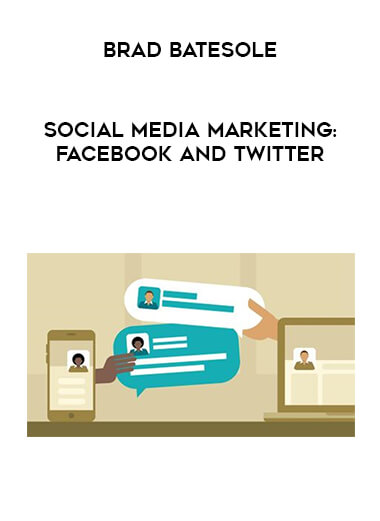




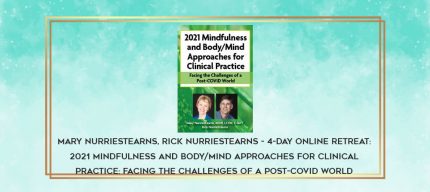



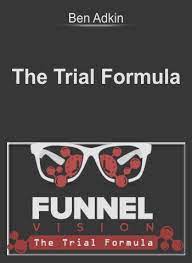



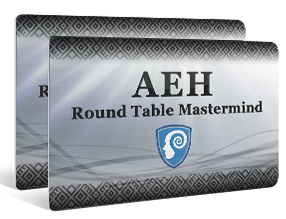
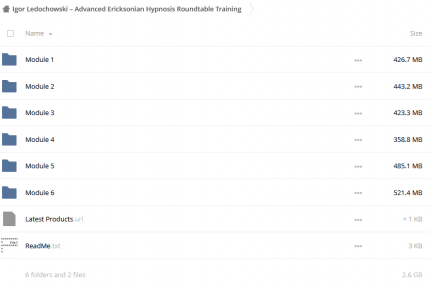





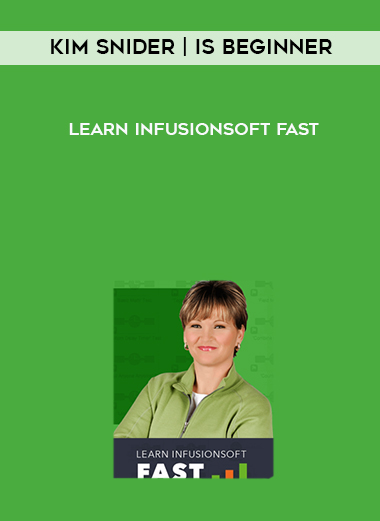
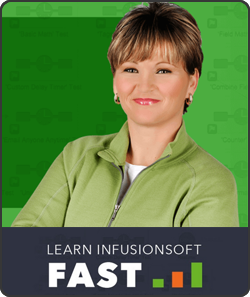


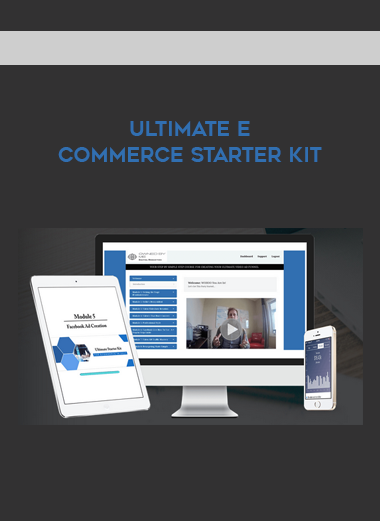










Reviews
There are no reviews yet.